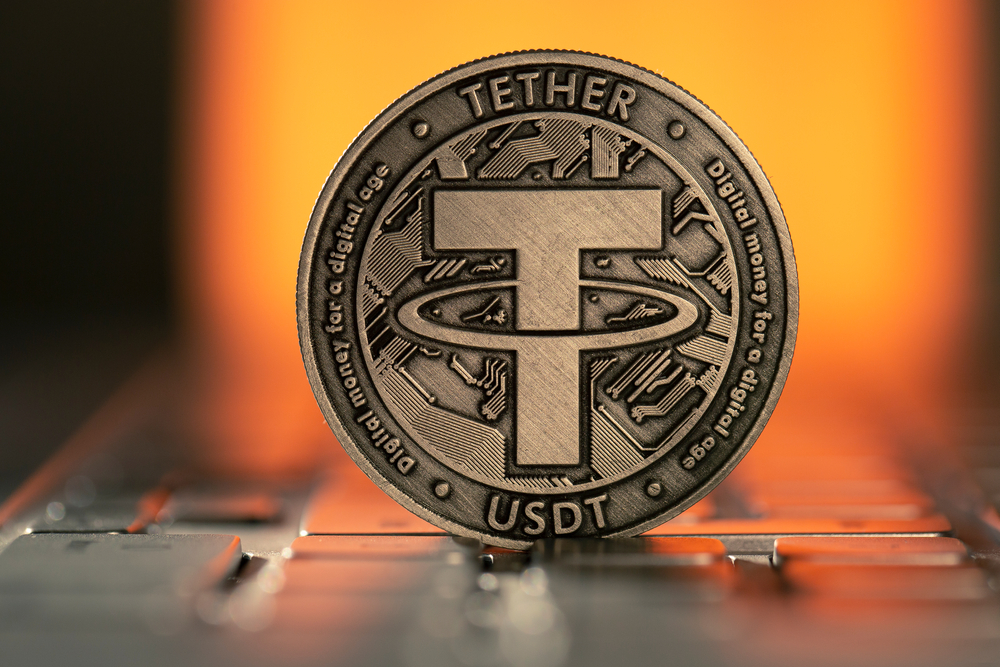Tether’s Firmness and Stability Needs Appreciation
While presently every stablecoin is feeling the jolt, stemming from the US banking sector disaster, Tether is treading strongly and firmly.
Right from the beginning of the ongoing month, Tether has been trading at a premium rate with an exception in the stablecoin economy.
Tether (USDT), whose structure is though often questioned, is hailed as one of the better bets a crypto trader can place these days.
Stablecoin investors have examined that currently there is no stablecoin in the industry that is as stable as USDT.
The reason behind USDT’s firmness is the apparent disaster with which the US banking sector is dealing presently.
Like other centralized stablecoins, USDT is also pegged with the greenback i.e. USD.
USDC, an overwhelmingly popular stablecoin, saw a 10 cents devaluation earlier this month when it started to trade at 90 cents.
It was on 11th March 2023 when the devaluation occurred amid the emergence of news confirming Silicon Valley Bank’s demise.
SVB was an important bank from the digital asset industry’s perspective as the bank was facilitating most of the crypto deposits.
At the fall of SVB, USDC’s devaluation was certain because a considerable amount of USDC’s cash reserve was lying with SBV.
Banking Crisis Effects on Decentralized Stablecoins
The US banking sector’s scrimmage also heavily impacted the economies pertaining to decentralized stablecoins. For instance, Dai and Frax were the two prominent decentralized stablecoins that took most of the damage.
Tether in Stronghold
Currently, it can easily be said that USDT is protected in an unbreakable stronghold.
Within this month alone, USDT’s market capital has swelled up by more than $5 Billion. Resultantly, as of today, the overall market cap of USDT is over and above $77 Billion.
One of the reasons behind this significant market cap increase is that the US banking sector disaster has not impacted USDT a lot.
As compared to other centralized as well as decentralized stablecoins, USDT’s exposure to the disaster was surprisingly less damaging.
Flowdesk’s Head, Francois Cluzeau explained that SVB’s crash failed to put even the slightest of impact upon USDT.
He argued that USDT’s resistance against SVB’s fall was due to its being ‘less popular’ in the US market. He further suggested that USDT’s popularity vastly remains in Asia which was why SVB couldn’t curtail its smooth progression.
Cluzeau argued further that while other stablecoins heavily rely on the banks in the US, USDT’s exposure to US banks is very less.
Resultantly, USDT is free of the fear that a major portion of its cash reserves is lying in the custody of US banks.
Cluzeau also reminded us that a considerable amount of DAI as well as USDC stablecoins are widely traded against the USDT. Resultantly, as compared to DAI and USDC, the liquidity of USDT remains intact.
Risks Associated With USDC
In the words of P2P.org’s CPO, Mitya Argunov, there are a number of ‘systemic risks’ associated with the stablecoin of USDC. She also mentioned the same risks involved in many decentralized stablecoins such as DAI.
She then argued that USDT is in fact deriving its strength from the potential risks lying in USDC or DAI.
Even Argunov reiterated the same argument which was raised earlier by Cluzeau. She said that the effects emerging from SVB’s crash failed to adversely affect USDT’s seamless functioning in the market.
